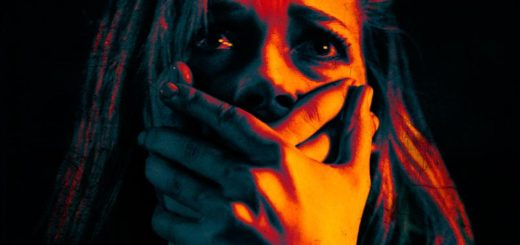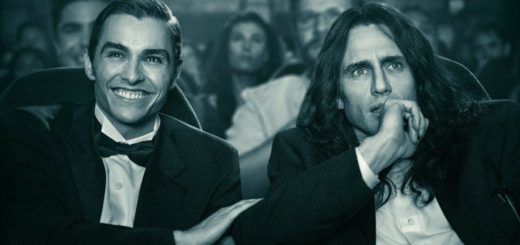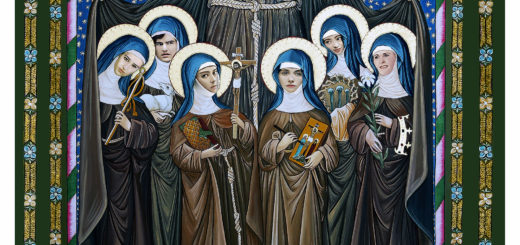Oscar Nominated Short Films 2017: Animation Review
Before kicking right into review mode, it’s important to cover some basic ground regarding the Academy’s selection for 2016’s best animated short. Every year, film schools around the world release countless thesis films, and professional filmmakers release their latest shorts, many of which go on to have successful festival-circuit runs. A select few even receive the Student Academy Award, but rarely do thesis films make it far enough to be finalists for the actual Oscar ceremony, let alone win the prize. This year isn’t much different from those before it, featuring content from all across the globe. The films on display are always strong shorts, but on occasion, they can be frustratingly simple for what ought to be an award reserved for pure excellence.
Surely, there is a lot of politics at play when it comes to receiving an Oscar nomination, not to mention the difficult criteria that a film must fulfill to even be eligible in the first place. This is all the more apparent when considering how bafflingly weak entries make the cut every now and then. (Don Hertzfeldt’s exceptional WORLD OF TOMORROW losing to BEAR STORY comes to mind.) Much like the live action category, 2017 is a decidedly weaker year than 2016. Even among the two nominees that feel deserving of recognition, one must admit that the films on display don’t boast any moments of sheer excellence. In terms of short films, it looks like 2017 is mostly a disappointment. Below are our thoughts on each of the nominees, ordered from worst to best.
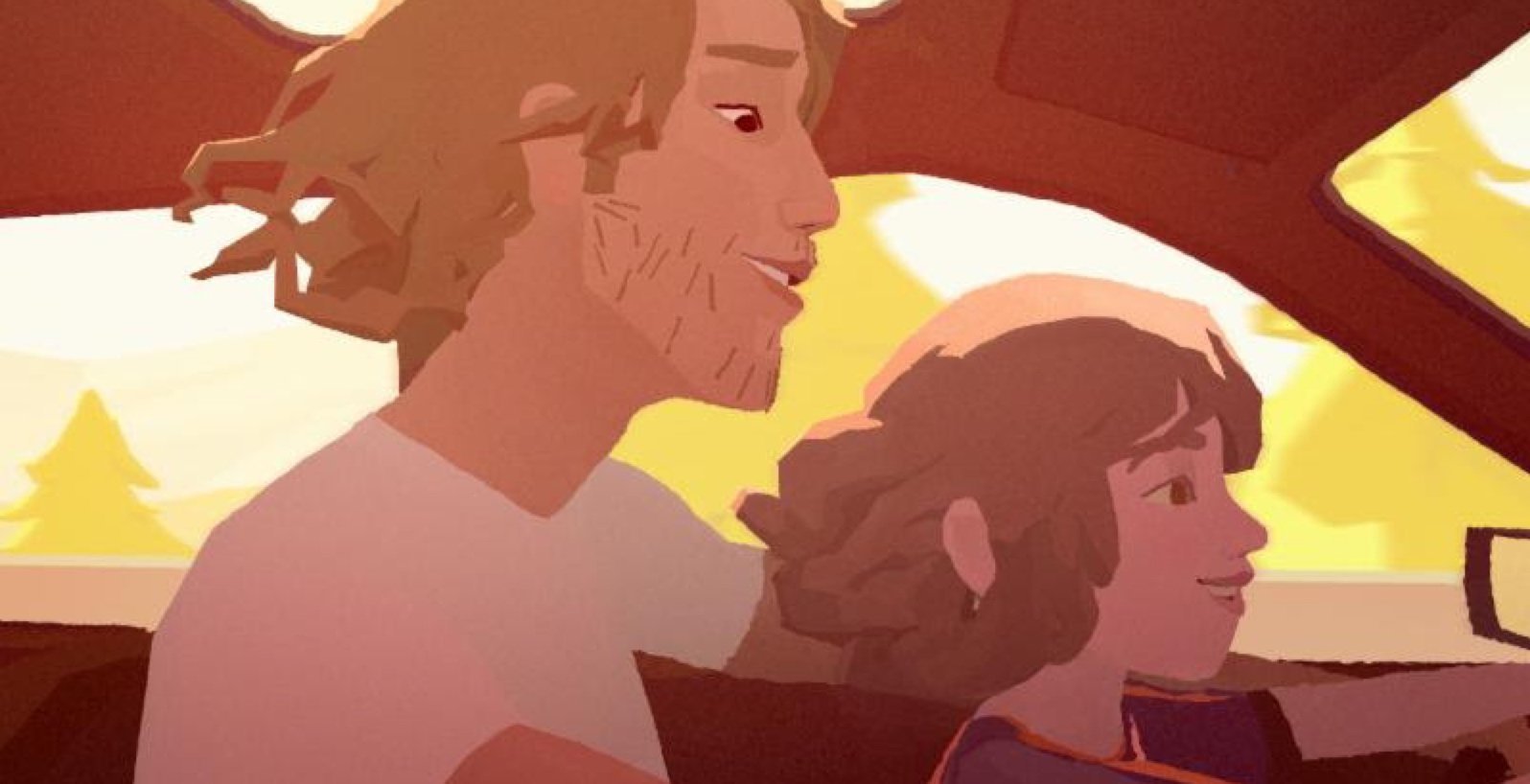
PEARL
Director: Patrick Osborne
Following up his Academy award winning short film, FEAST, Patrick Osborne has returned to bring us PEARL, a 360 VR film that is much easier to judge as a nostalgic music video than a complete short film. The technical novelty is certainly fun, but PEARL doesn’t do much with the added 180 degrees of space, especially since it works perfectly when projected on a 2D theatre screen. With Osborne’s sense of fluidity in tact, and gorgeous renders at hand, PEARL is a pretty film, but one that falls a little short in other areas. Osborne captures a sense of carefree, somber coming-of-age that animation often has trouble with. Through its heavy style, PEARL need not worry about dipping into the uncanny valley, instead relegating its emotional core to fluid body movements, a lucid camera, and expressive characters. Its Tumblr. aesthetic and road movie charm will certainly excite the LIFE IS STRANGE playerbase, but it’s irritatingly thin on story, especially when considering just how much of its plot is wasted on a traditional “aging” cycle. The writing in PEARL is perfunctory at best, and often feels like it was written by a first year animation student, but the level of artistic commitment indicates a lot of potential for the future, and is sure to excite all of those curious about the wonders of virtual reality.
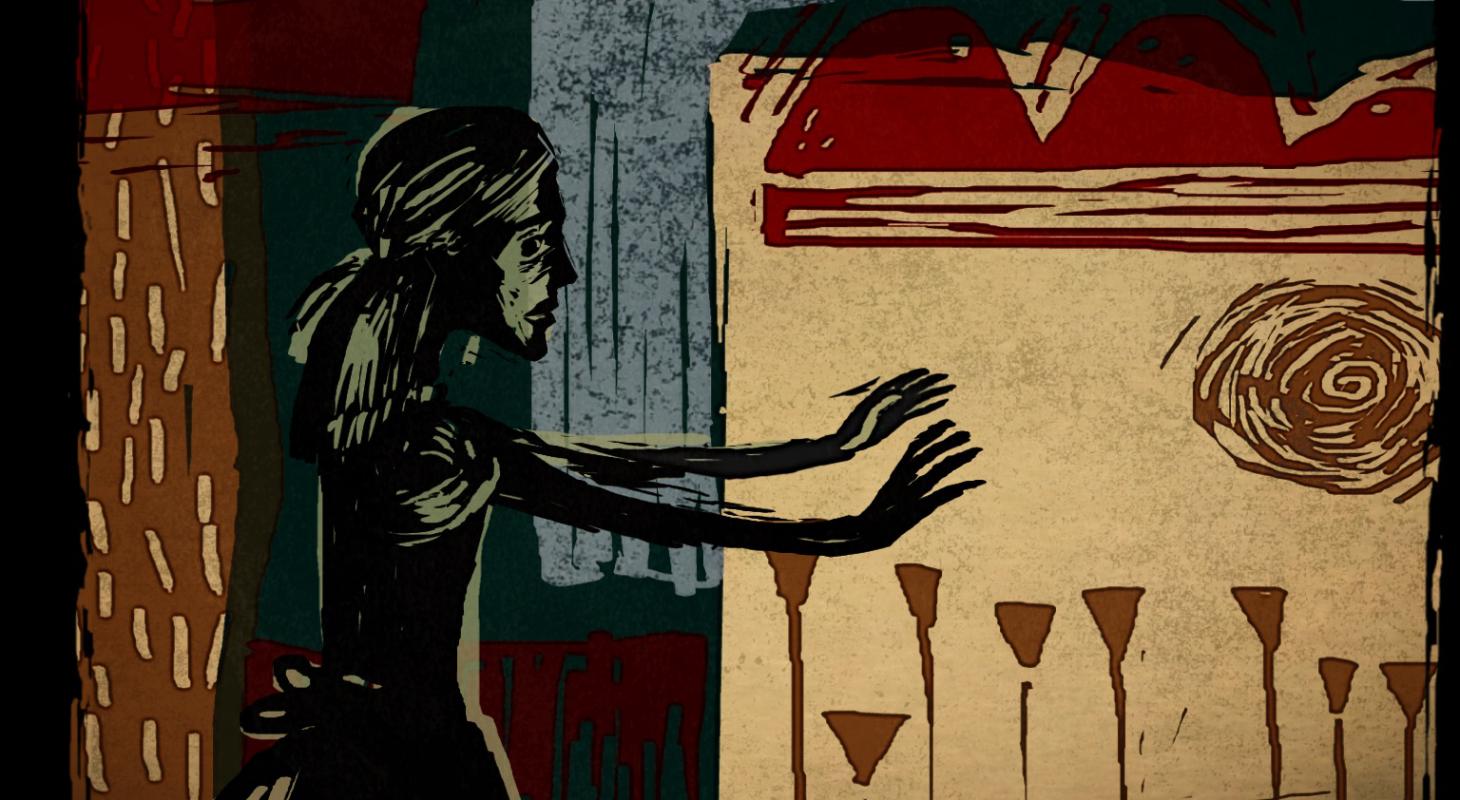
BLIND VAYSHA
Director: Theodore Ushev
Vaysha could only see the past with her left eye, and she could only see the future with her right eye. You see how that’s something I told you in literally five seconds? Now imagine having this repeated to you ad infinitum for eight minutes? That’s BLIND VAYSHA in short. There is an extremely brave, exceptionally unique visual flourish tying together the eerie world of its titular protagonist, but what BLIND VAYSHA forgets is to give her any sense of redemption or catharsis. This isn’t so much a story as it is a thesis. A dissertation on thought, whether it be our childhood memories or our hopes for the future. As such, BLIND VAYSHA stumbles through the wreckage of its own highbrow concept, philosophically and faux-academically trying to tie together its folk tale with a larger statement on cinema and our consumption of the medium. This is unquestionably intriguing at first glance, but it’s almost inexcusable that the entirety of its message is relayed by way of voice overs. Certainly the chalk-like visuals elevate the story that is being told, providing a level of interactive cinema near the end, but director Theodore Ushev never reaches the profundity that he’s clearly going for.
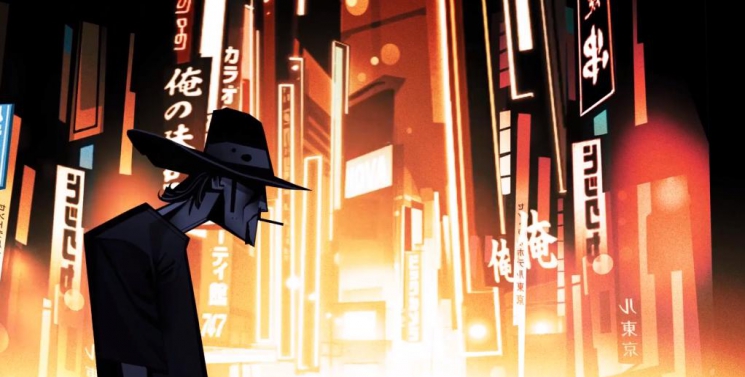
PEAR CIDER & CIGARETTES
Director: Robert Valley
When viewing animated short films, especially those that go on to do particularly well in awards season, a critic must separate their instinctive desire to grade them on traditional cinematic criteria. Many animators may seek out a career in video games or other mediums. As such, PEAR CIDER & CIGARETTES is complicated to discuss. There is a deep honesty at its core, covering a true story that combines qualities of profound sadness with more jovial instances of fraternal memories, but also a drab artifice that’s often found in graphic novels and video games. Recounting the life and death of a dear friend, Robert Valley explores the self-defeat of alcoholism and substance abuse. The constant aspect ratio changes and beautiful renders (even when economically repeated) give PEAR CIDER & CIGARETTES an almost anime-like quality that sets it apart from the competition. To a degree, it’s the closest thing I’ve seen to a moving comic book. Where it stumbles is in earning its 35-minute running time. Frustratingly edgy voice over work and a droning musical score certainly aid the film in capturing the pain of substance withdrawals, but they completely undercut the levity of these two real human beings. As such, PEAR CIDER & CIGARETTES finds itself in an awkward rut, firmly planted between authenticity and nauseating artifice.
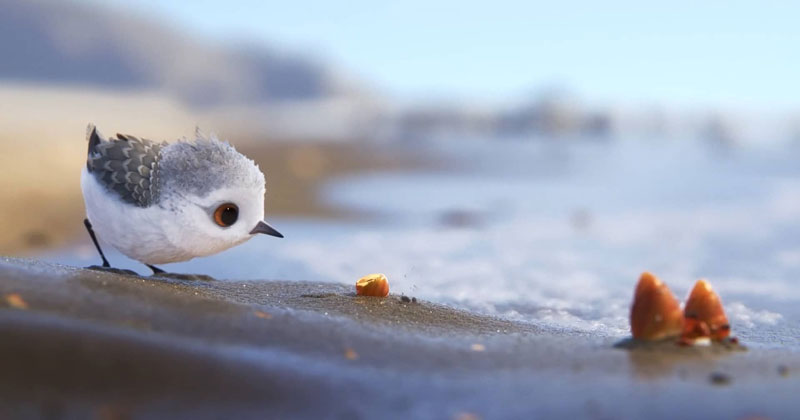
PIPER
Director: Alan Barillaro
The short film preceding Pixar’s FINDING DORY was PIPER, a cute tale about a bird that learns to overcome its fear of ocean waves with the help of a little critter. It’s devoid of the gimmickry that plagued 2015’s LAVA, and boasts an incredible aesthetic focus. From its exceptional texture work to its clever use of rack focusing, this is a beautiful film. But where PIPER excels in visual polish, it’s rather uninspired in narrative. This isn’t exactly a surprise, considering that PIPER was a tech presentation first and foremost, but it also never shakes off that stigma entirely, playing out like an endearing children’s film that is a little too focused on its technical efficiency. When stacked next to the competition, it feels a little unfair that PIPER even has a shot at the Academy award. This is a AAA film made by a major studio, and much like most animated short winners, it puts the competition at a severe disadvantage for taking home the golden statue. Nonetheless, there is some inspiring work to be seen in PIPER. What stands out the most is its devotion to an unorthodox realist approach. Where Pixar has mostly relegated its animal designs to look more like toys, the bird here is exceptionally detailed, only boasting a pair of uniquely expressive eyes, clearly embracing a realism that was absent in the cartoonish fowls we’ve come accustomed to in FINDING NEMO and FOR THE BIRDS.
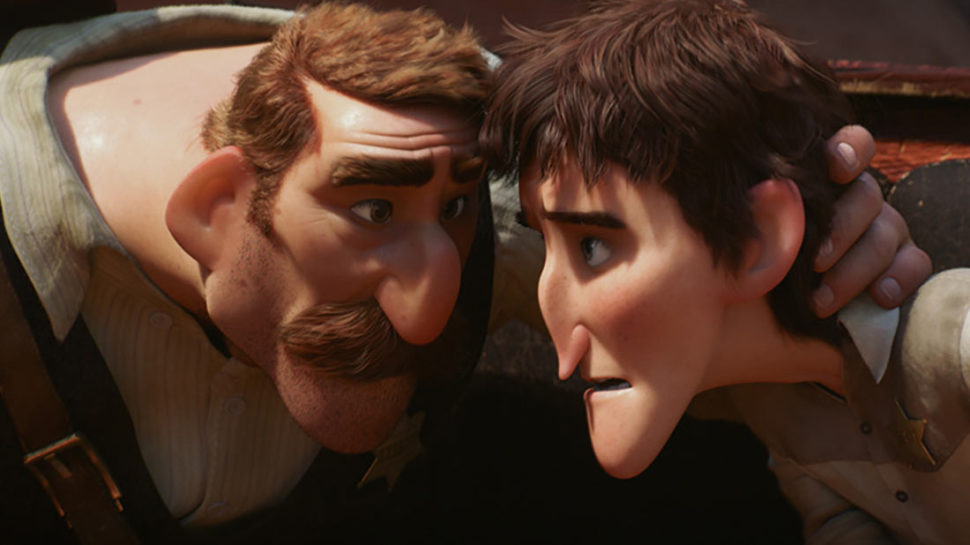
BORROWED TIME
Director: Andrew Coats and Lou Hamou-Lhadj
A cowboy finds himself at the scene of his father’s death many years after the fact. He spies the bony remains of his horses, the broken carriage, and a spiritual air of nostalgia. As he walks towards the cliff that his father plummeted to his death from, he recalls what happened that fateful day, and why he blames himself for his old man’s untimely passing. Andrew Coats and Lou Hamou-Lhadj are two Pixar animators that teamed up to create BORROWED TIME, a film that boasts the visual polish of just about any short film that plays before a Pixar feature. But what makes it stand out from the crowd is its unflinching approach to tragedy. Aesthetically, there is a refinement here that is rarely found outside of AAA studio productions, and the narrative economy at hand is a telling sign of two veterans hard at work. Where BORROWED TIME falls a little short is in earning its characters’ catharsis. The outcome is expected and it works, but that’s just it: it just works. The absence of a greater arc or profound revelation is what cements the film in a position of great sentimentality and deep sadness, without ever elevating itself to something more life-affirming. Nonetheless, this is powerhouse visual storytelling, and should be proof that the time has finally come for Disney to embrace its dark side.

